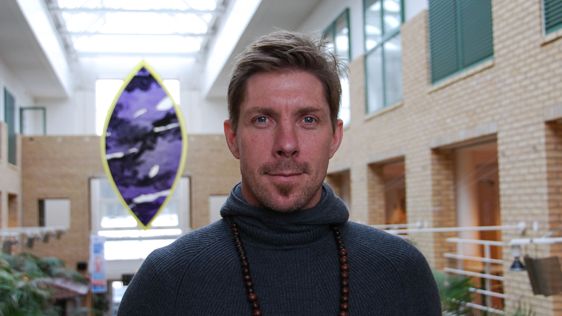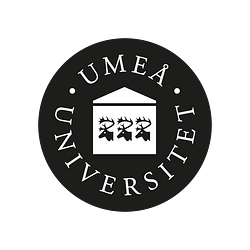
Press release -
Timing training can increase accuracy in golf and soccer
The results in his thesis show that improved motor timing of both female elite level soccer players and experienced male golfers leads to improved outcome accuracy, with associated changes in motor performance, as well as in the brain’s activity patterns related to these performances.
“The results are particularly exciting because both practitioners and coaches in most sports emphasise the importance of “timing”, yet there are few previous scholarly studies on the relationship between motor timing and athletic performance,” says Marius Sommer.
The training that his dissertation examines differs from the traditional sport-specific exercises that athletes normally perform: over four weeks golfers and soccer players spent time training up their timing and rhythmicity, where various non-sport specific rhythmic movements were performed in time to a digital metronome. In spite of the participants' vast experience and level of skill, the timing training had a positive effect on how well the golfers and soccer players could hit predefined targets, and the stability of their performance.
Improved performance coordination
“When we investigated how golfers performed their swing after timing training, we found clear differences in the relation between and within the arms’ joint moment and the golf club’s movement. This indicates an improved capability for motor planning and coordination”, adds Marius Sommer.
Motor planning can be described as the way we organize, sequence and control our actions. This ability is affected continually by our capacity for correct timing and rhythm. Marius Sommer points out that you can develop and train the ability to organize motor actions in time and space through sport specific training, but it is not enough for motor precision, which also requires optimal timing.
Changed underlying brain activity in soccer players
The brain activity of participants during the observation of a soccer specific task was observed before and after timing training. “Studies show that the brain’s activation patterns in areas considered to be of importance in order to understand, imitate and predict the movements of others (so-called mirror neuron system) - are basically the same when we see a specific motor task performed and when we perform the same task ourselves,” says Marius Sommer.
Within these areas, we found, in contrast to the comparison group, that the timing-trained soccer players' brain activity decreased within these parts of the brain. Accordingly, timing training seems to make the underlying brain activity more efficient, which Marius Sommer also believes is the underlying reason for the improvement in soccer skills.
Previous scholarly studies have shown that the mirror neuron system’s activation is affected by training and experience that is directly related to the task being observed, yet it has not previously been shown that activation of this system can be influenced through training (e.g. timing training) that is not related at all to the motor task being observed (e.g. a soccer drill).
Facts about the public defense of doctoral thesis
Marius Sommer, Department of Psychology, Umeå University, defended his thesis with the English title, Effect of timing training in golf and soccer players: skill, movement organisation, and brain activity. (Swedish title: Effekten av timing-träning på golf- och fotbollsspelare: färdighet, rörelseplanering och hjärnaktivitet.) Thursday March 27, The faculty examiner was Professor Nicola Hodges from Motor Skills Laboratory, School of Kinesiology at the University of British Columbia.
For further information, please contact:
Marius Sommer,
Department of Psychology, Umeå University
E-post: marius.sommer@psy.umu.se
Tel: +46 70-37 40 180
Related links
Topics
Categories
Umeå University
Umeå University is one of Sweden's largest institutions of higher learning with over 32,000 students and 4,200 employees. We have a well-established international research profile and a broad range of study options. Our campus constitutes an inspiring environment that encourages interdisciplinary meetings - between students, researchers, teachers and external stakeholders. Through collaboration with other members of society, we contribute to the development and strengthen the quality of our research and education.

